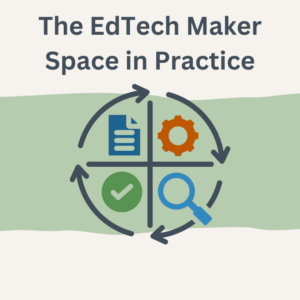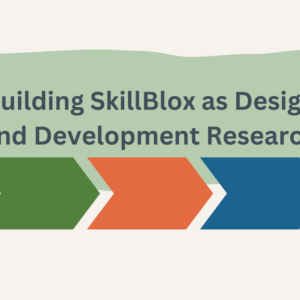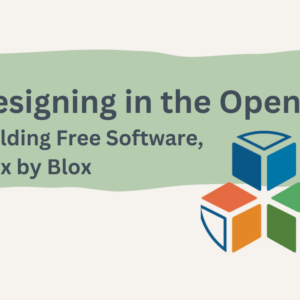
By the 21CLEO Research Team
At the end of a major project, all researchers are asked to explain briefly what they found. We believe that sharing research findings can take different shapes and forms. Dissemination plans evolve across a research process. Along the way, we have shared preliminary findings from our research as new insights occurred. In this blog, we highlight the different ways we have packaged our findings to meet the needs of different audiences including adult education practitioners, workforce development, learning and instructional designers, and policy makers and funders.
As our 4-year research effort draws to a close, we envision sharing research findings in multiple forms. We have already shared thirty-six blog posts that trace our methods, summarize emerging insights, provide illustrative persona to characterize working learners, and encourage connections across a community of interested parties. These blog posts report on particularized insights and accounts of our research, offering easily digestible snapshots of our work along the way. Similarly, we have decided our findings need to be shared in several forms – again with the goal of easing access and boosting relevance for readers.
Getting findings in the hands of those who can act upon them follows a long tradition of action research. Action research has a goal of transforming practice in that it promotes transformative change through the act of doing research, which links critical reflection together with recommended actions. As a team, we wish to uphold this value of action research by endeavoring to reach the broadest audience possible with our final dissemination materials.
To that end we offer multiple formats with the same three purposes in mind: to share the process of our thinking, to summarize and synthesize findings, and to offer recommendations to the field. Those who need a PDF that can be shared and circulated as a report that calls out key findings can download our executive summary PDF. Those who are looking for stories, quotes, learners’ experiences, and bite-sized shareables that bring the data to life, can surf around in our interactive web-based format offering opportunities to access distinct content organized on different webpages. For those who appreciate visual thinking and infographics, we offer clickable interactives that encourage following the findings through to the source materials the insights were drawn from.
An important need that drives our work lies in offering interested parties illustrative insights that are grounded in our data and can be quickly read and easily understood. As a result, we are designing dissemination materials with three goals: 1. usability, 2. comprehensibility, and 3. ease in sharing with others. The sections that follow introduce each of these guiding characteristics.
Usability
Knowing that the digital world is both flexible and highly visual, we are designing the end result of our work as an interactive visual experience that represents key findings. One visual image of an ecosystems map will serve as the landing page where each of our core findings will be introduced and extrapolated. Using visual, auditory, and video based media, illustrative findings will ground each of the key insights in order to contextualize the data in ways that support conversation and application. Flexible digital texts that are disseminated digitally online can be updated, shared, and linked dynamically within other reports and online platforms, including social media.
Comprehensibility
Our research process has been transparent to readers of our blog posts from the start. While our posts have been the length of research briefs, we have striven to keep them short, focused, and conversational in style. We feel that there are strengths in short, graspable dissemination pieces that introduce the thinking behind our process. Approaching research dissemination in this way serves two purposes: first, the bite-sized chunks of thought invite opinions and connections among readers. Second, we are building a readership who is invited into our processes while also connecting with our outcomes. For example, we shared several of our blog posts with a group of people who are involved and impacted by the issues we are researching, including working learners (Many voices: Participants as Research Partners) employers, workforce development staff, education providers, and union staff. Those individuals joined in the community of inquiry to provide their perspectives on our findings (see 4 blogs that summarize research convenings on these topics: the role of the direct supervisor, the relationship between learning and advancement, missing persona, and limitations of persona).
Ease in Sharing
Organizing research findings into a report encourages sharing with others. What might entice these readers to engage? We believe that offering a more digestible visual representation with embedded links to media gives readers choices. Readers can approach the visual and see an overview of the major pieces. Following one of the pieces that the reader chooses provides a connection. Even if the reader connects to a single piece in one sitting, the fuller picture of the scope is evident and may invite a deeper read into another key area at a later point in time.
Dissemination Efforts & Future Work
Our research efforts have been fruitful for our own thinking in uncovering new research directions that could fill several years of new data collection. However, we aim for our research findings to have life and application beyond our own discussions and generative thinking. We invite you to approach the research dissemination products that will be shared as our research project winds down as an invitation to continue the conversation with us, to provoke your colleagues and the system to examine the insights critically, and to thoughtfully encourage new ways of thinking about learning within and outside the workforce in light of justice, equity, and systemic change.




